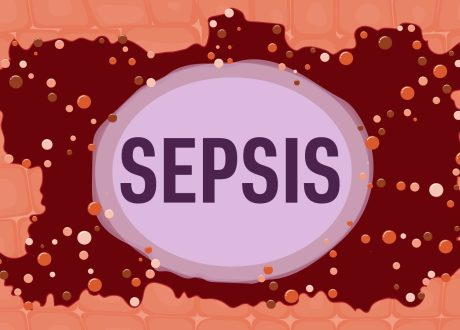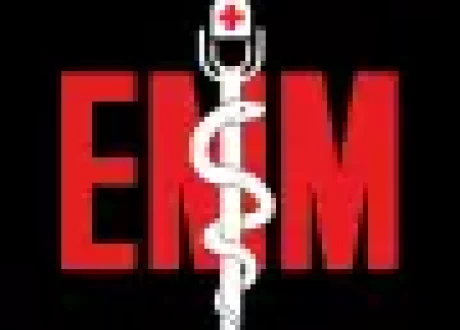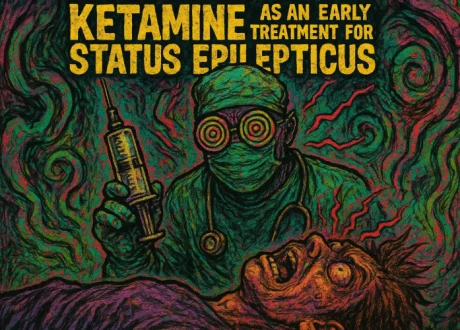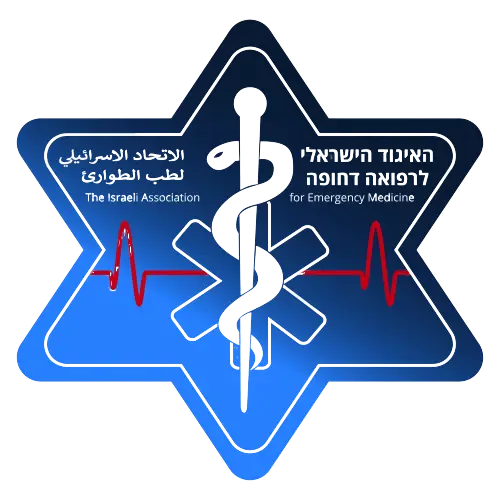Written by Carmen Wolfe

Encephalitis can be cryptic – here are the latest updates for diagnosis and treatment.
Help, help – brain on fire!
Encephalitis, inflammation of the brain parenchyma, should be suspected in patients with decreased level of consciousness, personality change, or new psychiatric symptoms. Common infectious causes include HSV-1 (most common), varicella zoster virus, West Nile virus, and enteroviruses. A multitude of other viral and bacterial pathogens may also cause encephalitis, and should be suspected based on a careful history with particular attention to outdoor exposures, international travel, and immunocompromise. Non-infectious encephalitis includes autoimmune and demyelinating conditions. Anti-NMDA receptor encephalitis has become increasingly recognized, with half of cases occurring as a paraneoplastic syndrome. Post-infectious autoimmune encephalitis occurs due to molecular mimicry with development of anti-neural antibodies after a viral infection. Acute disseminated encephalomyelitis (ADEM) is white matter demyelinating syndrome often occurring after a viral illness or vaccination.
Keys for diagnosis include serology studies, CSF studies, and neurodiagnostic testing such as MRI with contrast and EEG to evaluate for subclinical seizures. Recommended CSF studies include standard studies accompanied by bacterial culture, HSV PCR, VZV, EV, cryptococcal antigen, VDRL, WNV IgM, and anti-NMDAR antibodies. Additional testing may be guided by specific patient exposures, physical exam findings, or radiologic findings (see tables within article).
Management of encephalitis starts with the ABCs, as up to 20% of patients require ICU level care for management of cerebral edema or status epilepticus. Empiric antimicrobial treatment should include standard treatment for bacterial meningitis, with the addition of acyclovir and doxycycline if the geography/season suggest tick-borne illness. Empiric steroids aren’t recommended in infectious encephalitis, but may have a role in autoimmune encephalitis along with IVIG or plasmapheresis.
How will this change my practice?
When suspecting encephalitis, I’ll expand my list of empiric CSF studies and ensure that I add on acyclovir and doxycycline when appropriate. Knowing that I can’t memorize all of these helpful tables, I will bookmark this article and review geographic and radiologic associations specific to my patient.
Source
State of the Art: Acute Encephalitis. Clin Infect Dis. 2023 Sep 11;77(5):e14-e33. doi: 10.1093/cid/ciad306.










